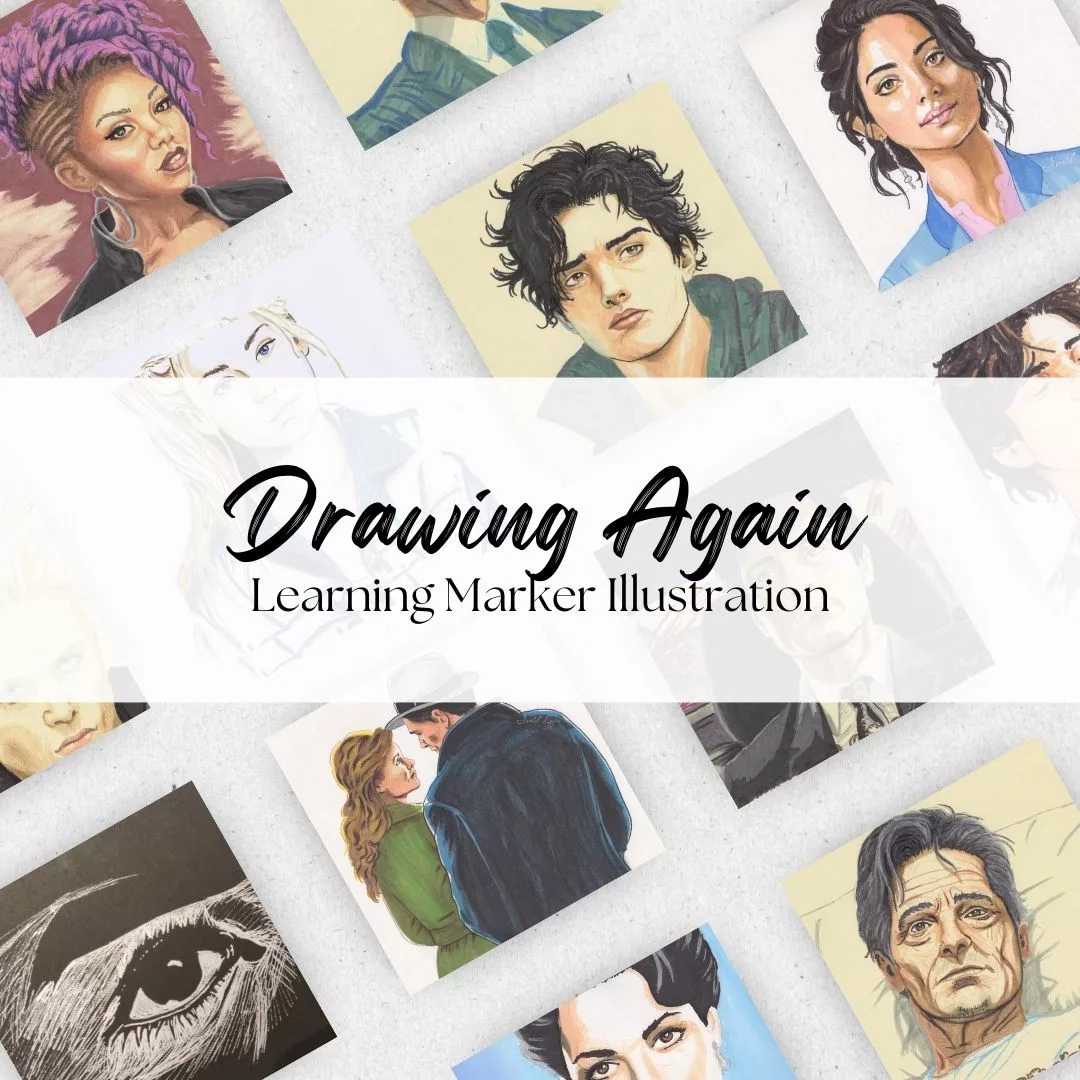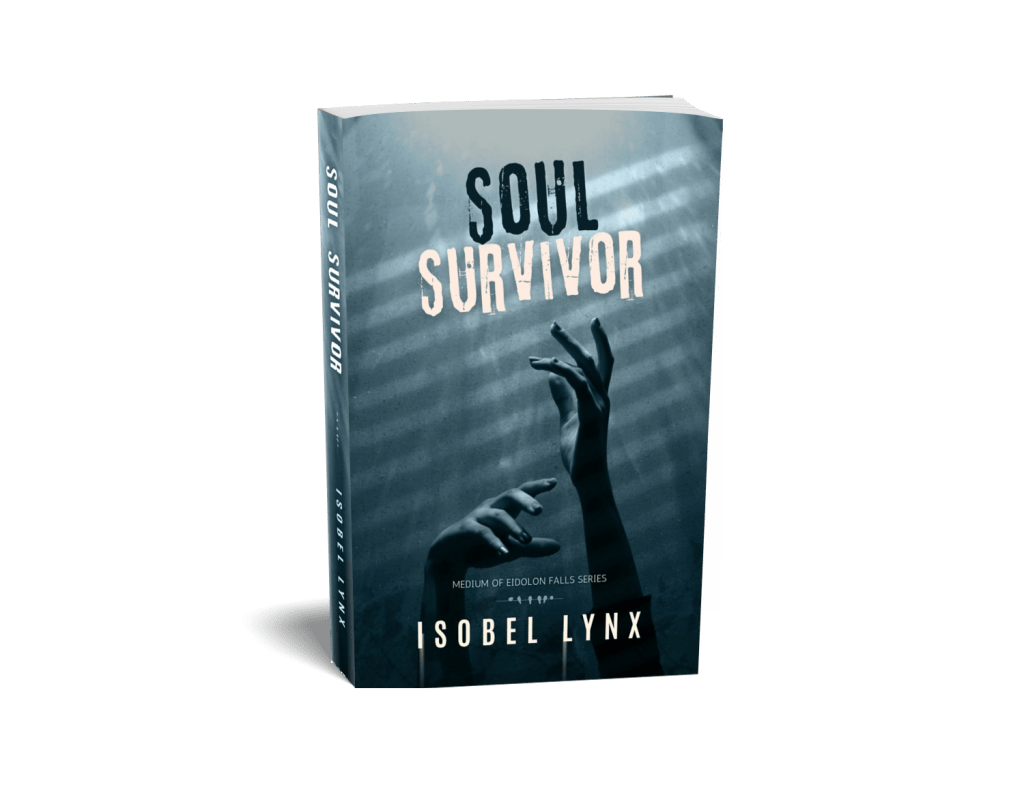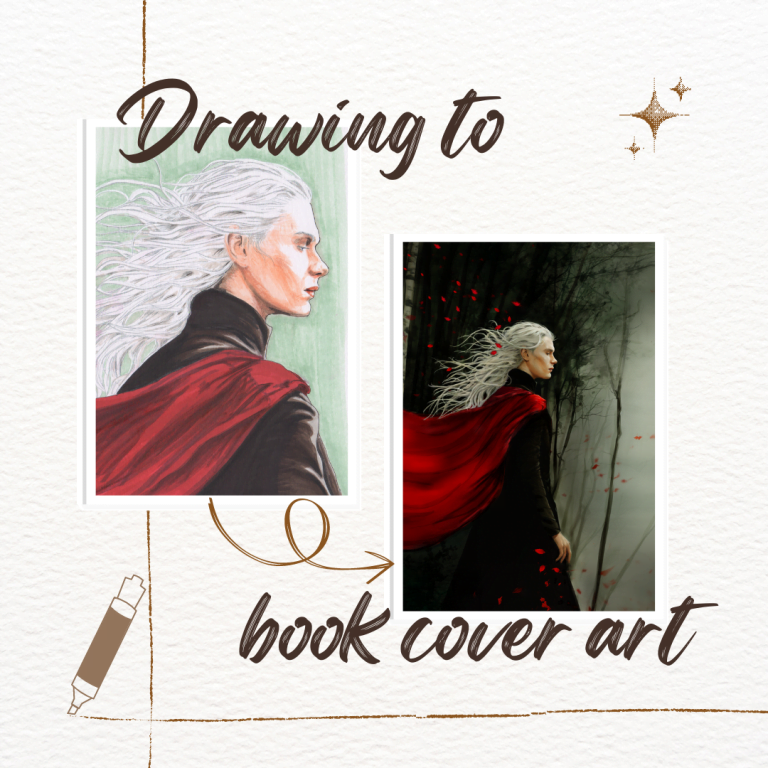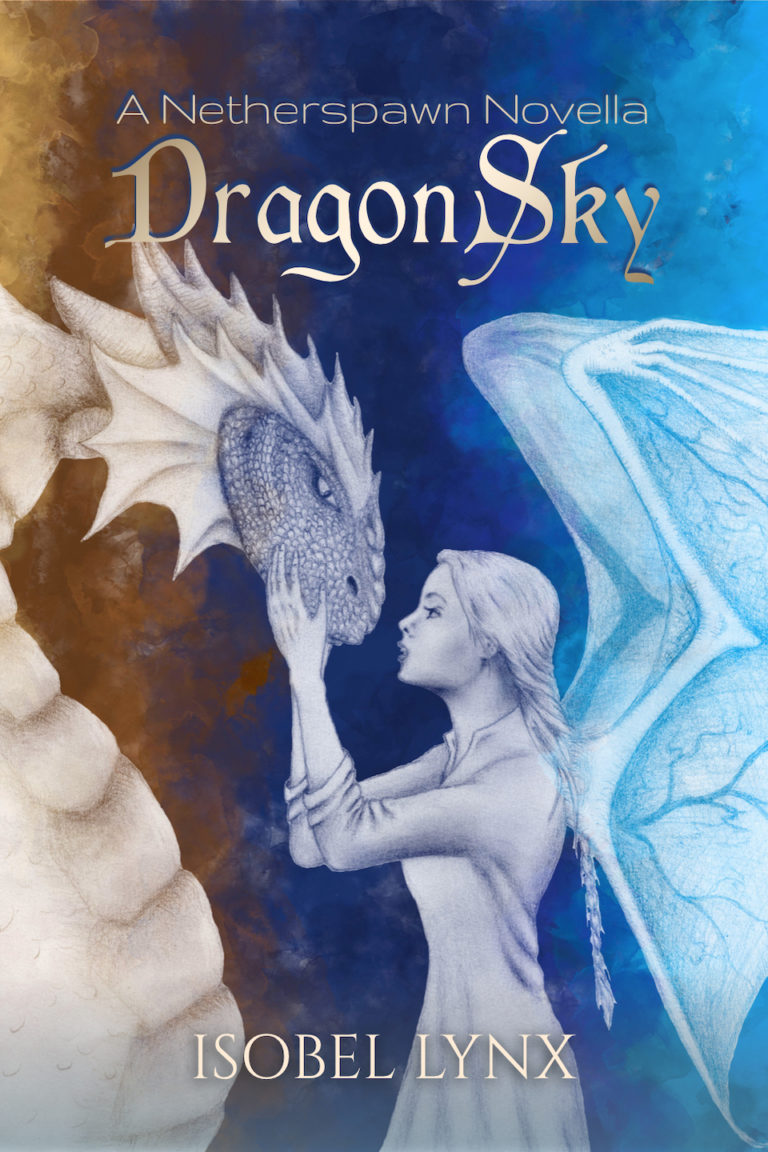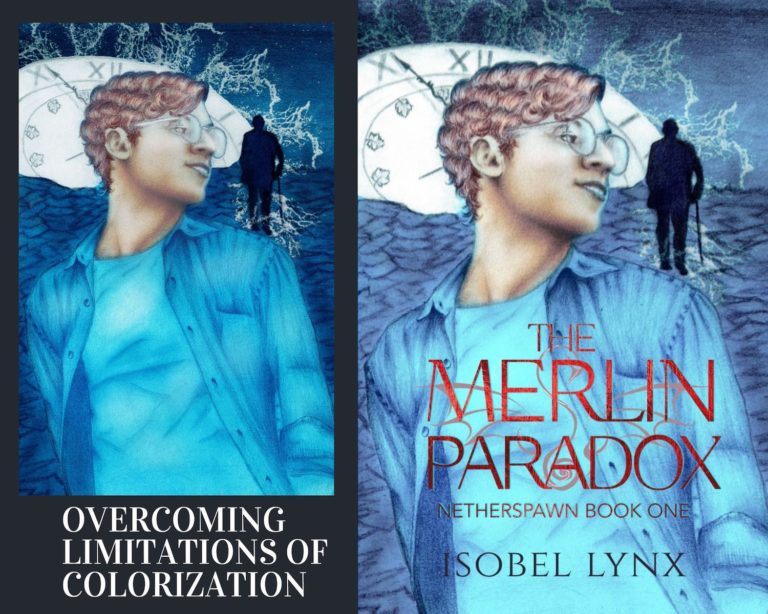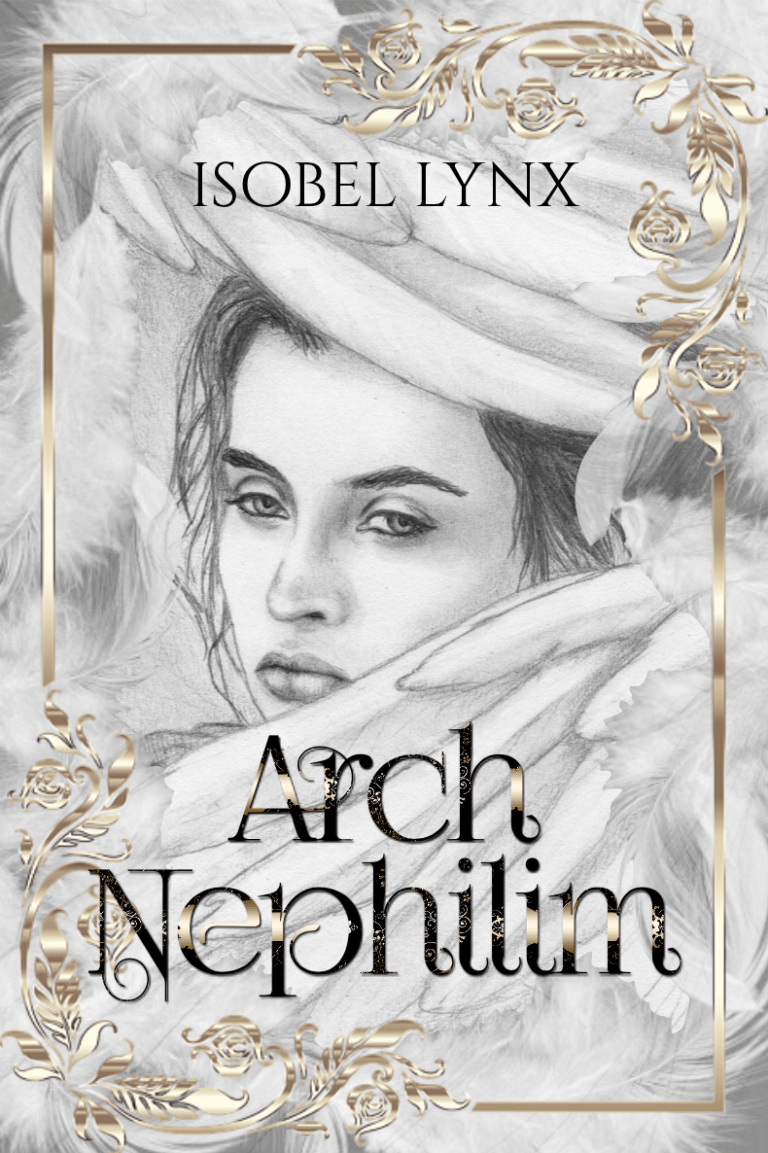It has been a long time since I’ve tried to draw something, but few months ago I rekindled that old hobby. I bravely went full steam ahead into the uncharted lands of marker illustration. Oh, my. How did I get there and what did I find?
In the beginning…
I’ve always liked to draw, but I’ve always felt mediocre about my skills. When I was a teenager, I obsessed about drawing face profiles because it was the only thing I could draw. Everything else was bleh. Perhaps that’s why I eventually stopped.
Two decades later, I picked up a pencil again. This time, there was a difference in my motivation and inspiration. I had started writing and wanted to draw my characters—badly. I tried harder than I ever have before. I noticed a significant improvement when I started using images for reference, and even more once I researched shading. Would you imagine that I made such a leap in quality within a few weeks?
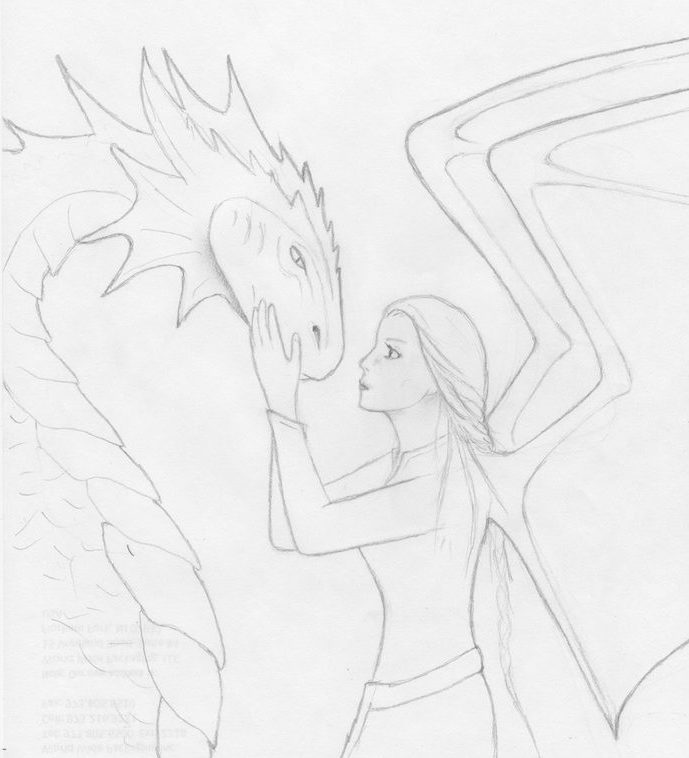
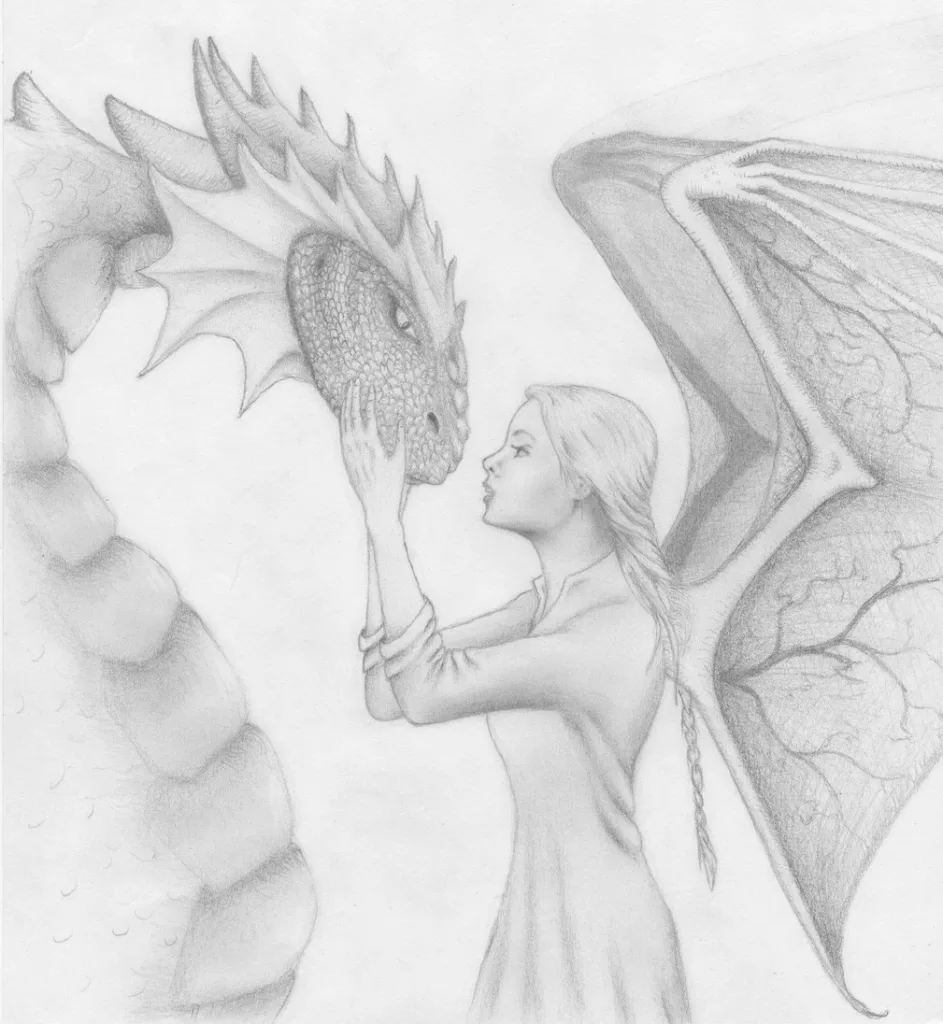
I can’t explain why I hadn’t done that as a teenager. Maybe I assumed that if I couldn’t produce a competent drawing out of thin air, then I wasn’t an artist? I wish I could go back in time and give my young self some guidance. Maybe all I needed was a competent teacher. The world is different now. A private lesson with an experienced artist is just a few clicks away. I didn’t have that growing up.
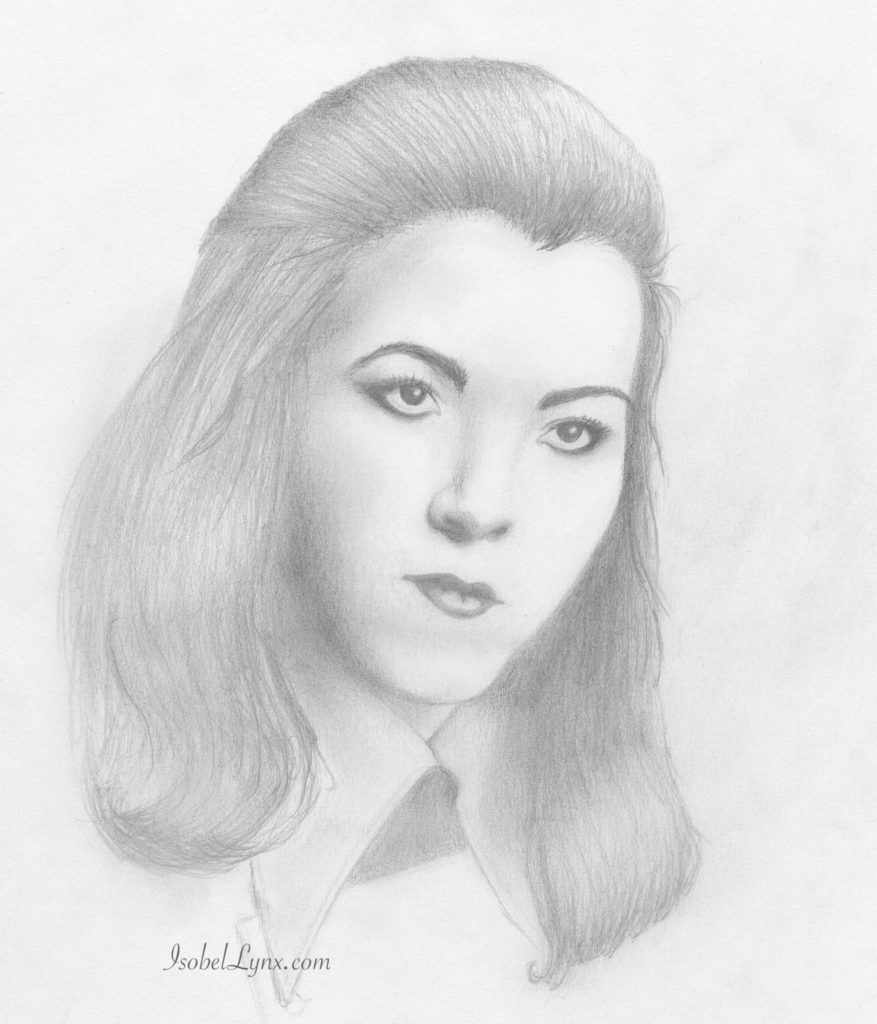
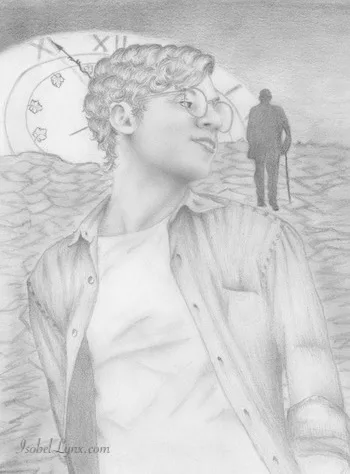
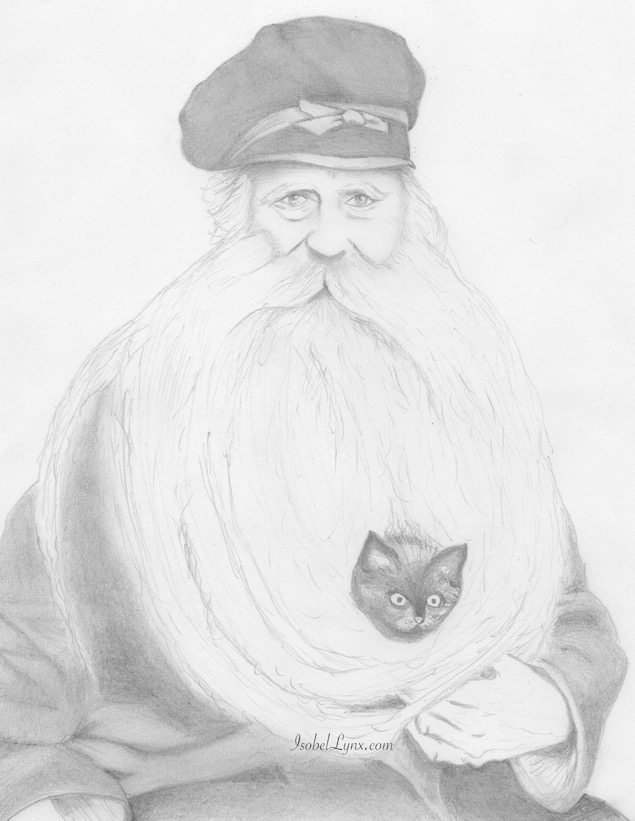
While I was happy with the progress I made, I felt stuck at that skill level. There is just so much that a pencil can do. And again, I can’t explain why I stopped. Perhaps my confidence faltered or life got too crazy. It was 2020 after all.
Art in the age of AI
Soon after, generative AI exploded. I tried to create my characters with Stable Diffusion, and wow, did it deliver. To say I was addicted is an understatement. My creative bone was 100% happy. Who needed to bother drawing when I could do cool things with AI? I developed skills at it too. Getting something out of AI is easy, but getting exactly what you want is not. Using my creative eye and a knack for techy stuff, I learned how to bend AI to my will, then, I further modified and improved its generations manually. The result was artwork that you wouldn’t have guessed had AI origins.
But it’s not an artwork I can proudly display. After all, there are ethical problems with regard to this technology, which is a great shame because the technology is revolutional. I wish that these companies had taken certain precautions before going public with their models. When you search an artist’s name on the web, AI results should not be there. It’s not right. Do better, Google! And I wish that artists were given a chance to willfully contribute to training these models for a commission. It’s hard to argue fair use clauses when someone is making a profit. That would have been the right way to execute it. But now, I don’t see that happening. Unless some regulations are put into place, these companies won’t change their ways.
So, while I agree with the ethical considerations, I can’t deny that it is a very fun technology to use. It made me happy over and over again, and I needed that mood boost at that stage of my life.
The next few years will be interesting. If someone out there is training a model from scratch by commissioning artists, let me know.
Three years later
Skip ahead to 2023. By then, I was an avid user of Campfire writing app in which I organized my writing projects. In the summer of 2023, Campfire announced that they were accepting applications for their monetization program. I wanted in. I was ready to publish Soul Survivor, and Campfire was a great platform to do that with. There was a catch, though. As part of the approval process, every project was reviewed to ensure that the authors only used their own, licensed, or royalty free images. AI images were not allowed, and my project was full of AI character art. They weren’t plain AI images, but rather images that had AI origins but that I had digitally remastered to improve their quality. Nonetheless, Campfire was firm in their stance, which I don’t blame them for. There are no laws or regulations yet. Lawsuits are brewing. They didn’t want to risk getting entangled in that mess.
I wanted to publish my book, so I removed those images to comply, but without any artwork, my project looked incomplete. It didn’t sit well with me. I wanted my pretty images back.
I thought, Well, I can’t afford to hire an artist, but once upon a time I dabbled in drawing too. What if I drew my characters? I’m not as bad at it now as I used to be. Maybe it will be okay.
Pencil drawings, take two
The issue I had run into with my 2020 drawings was that pencil looked very flat on the screen once scanned. I had tried to color it digitally later but wasn’t happy enough with the results. So this time, I tried to draw my characters with colored pencils. Yet again, I wasn’t happy enough. My drawings still didn’t look professional. I didn’t want my readers to think “I paid for this?” when they encountered them. I had to try harder.

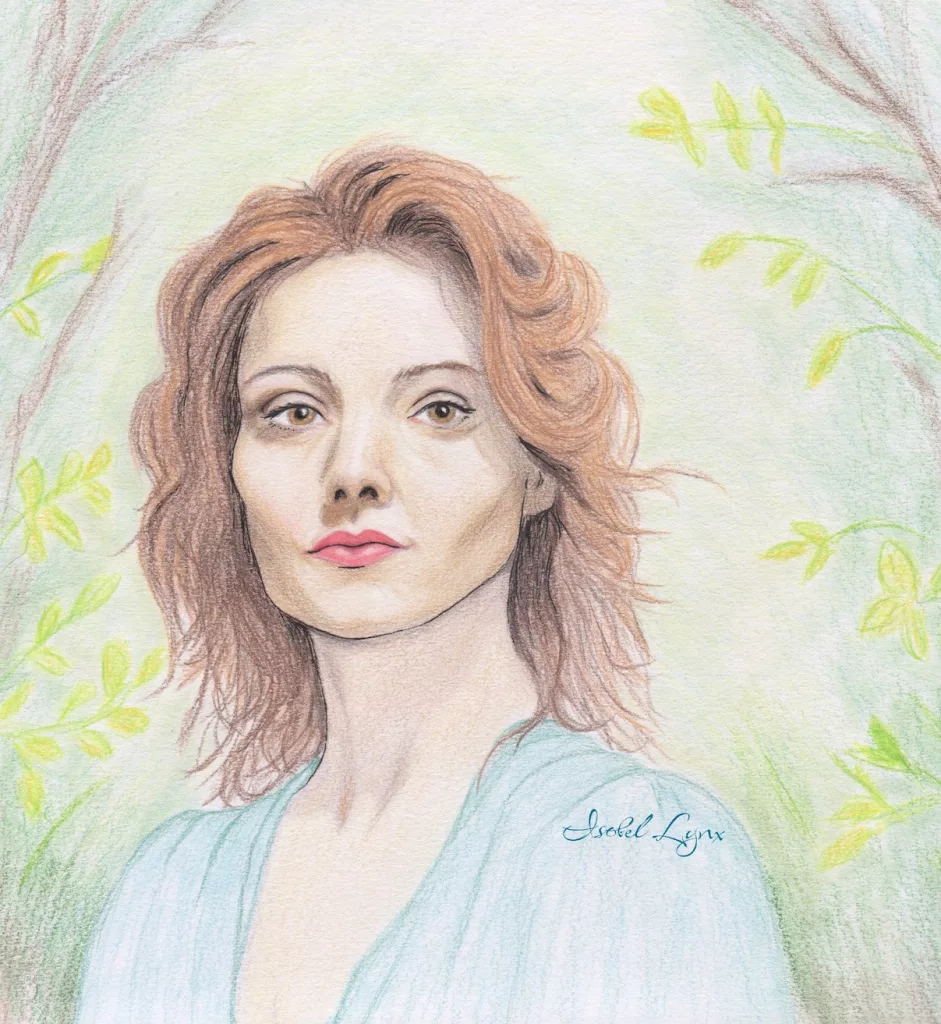
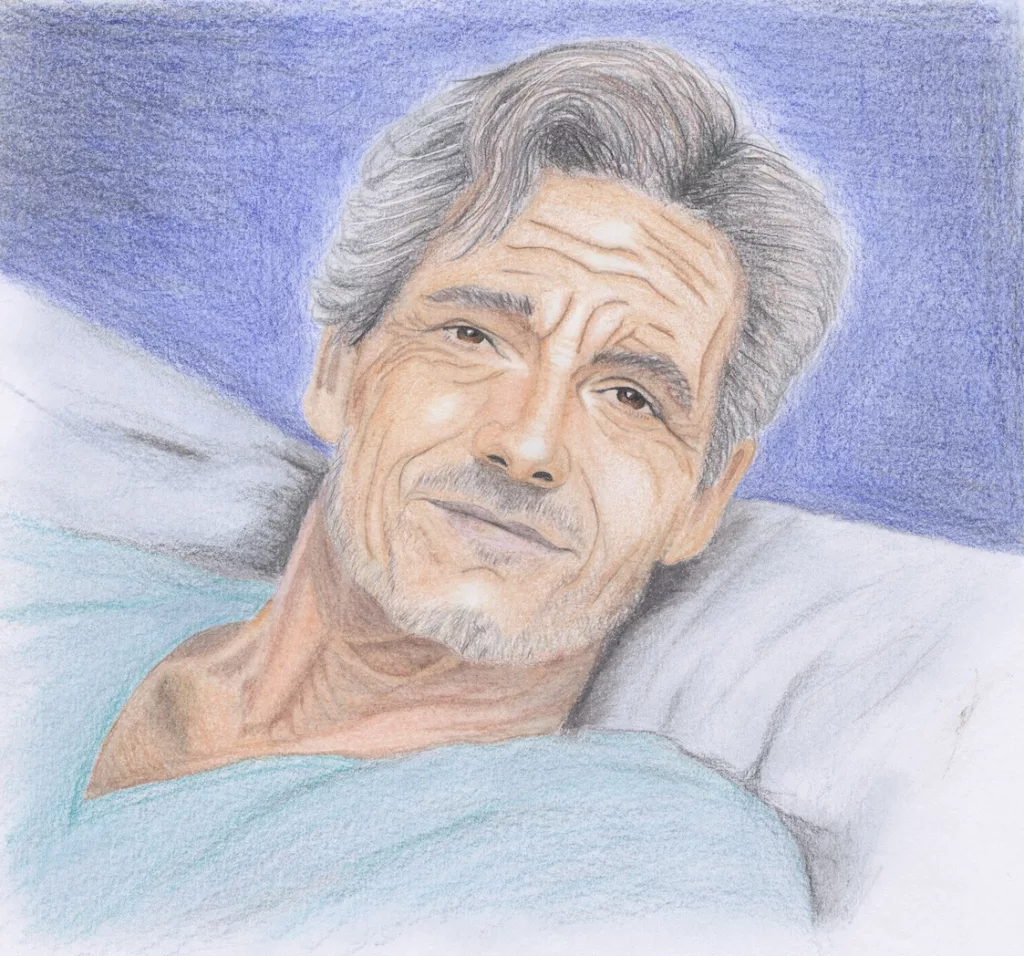
Pencil drawings, take three
I was determined this time, so I did not give up easily. I tried again and again. Starting to lose my confidence in colored pencils, I tried to draw in plain pencil again. I tried to be bolder: I used a darker pencil to get more contrast, better shading, better details, better everything. It was a relief to see that my drawings looked better and that practice paid off. I felt competent again.
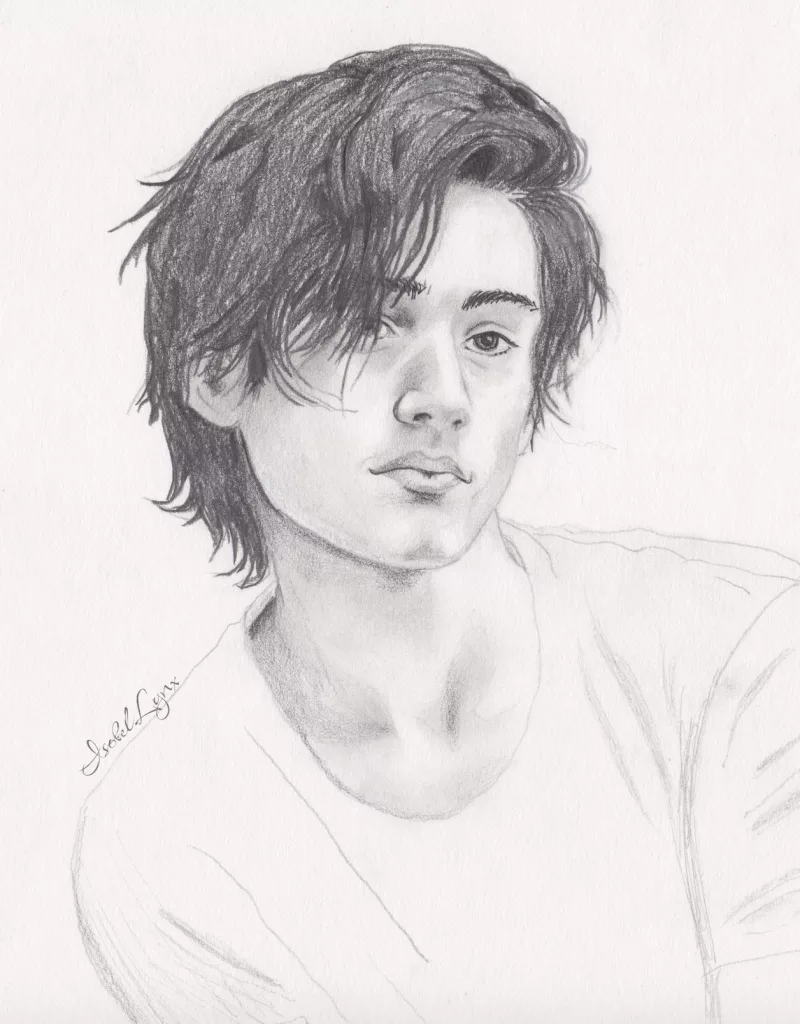
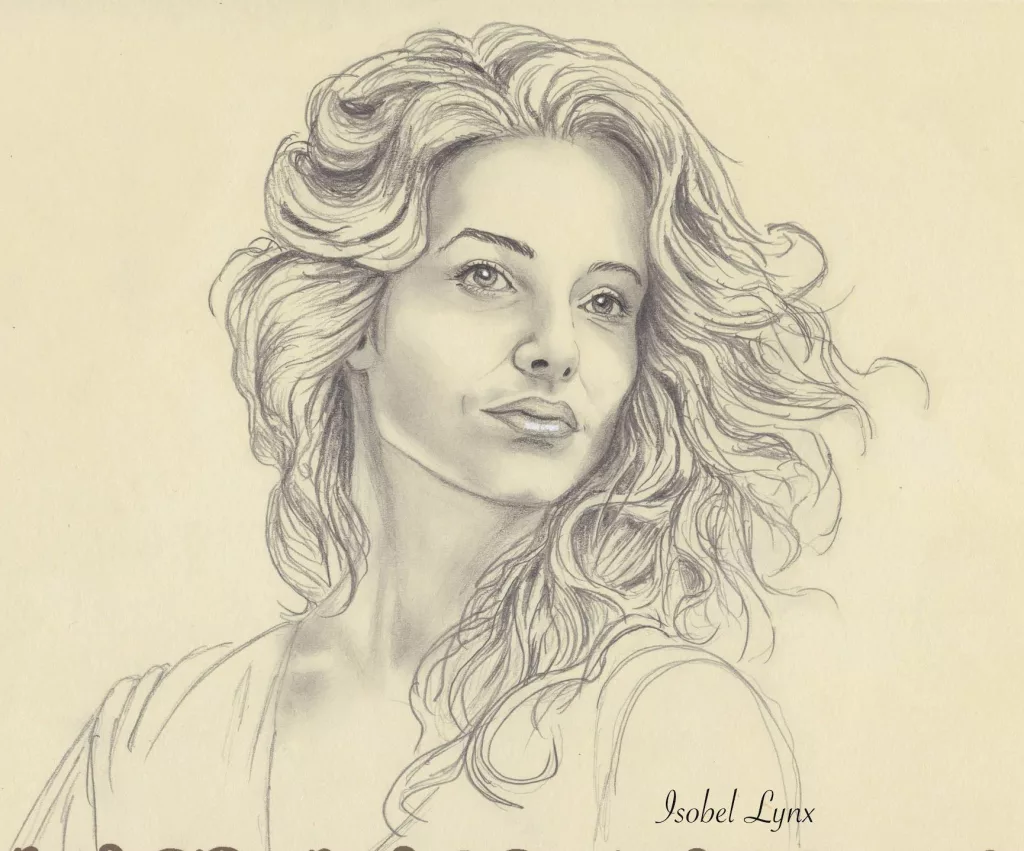
And though in person, the drawings looked the best I’ve done so far, digitally, they didn’t have the wow factor I was looking for. I was growing frustrated because I wanted my Campfire project to look its best. Something was still missing.
An unexpected turn
Isn’t it interesting how something random can steer us in a completely different direction?
Scouring YouTube for advice on how to level up my pencil drawings, I landed on a video that promised to help me discover my art style. I didn’t have high hopes for it. How much of a revelation can you get from a 5-minute video, right? The directions were simple enough though, so I gave them a go:
- Go on Pinterest. Create a new board.
- Start looking for artwork. Whenever something catches your eye, pin it to that board. Don’t think about it, just pin it if you like it.
- After you’ve gathered a good amount of pins, let’s say 50, look at your board.
- Analyze the board. Look for patterns in styles, colors, subjects. How would you describe this collection?
I followed the steps and created this board:
I drew many conclusions regarding the style I liked, but the biggest conclusion of them all was that I would not create the effect in those artworks with pencils. I was working with the wrong medium.
I apologize, but I can’t credit the video creator as it was a while ago, and I didn’t save the link. Whoever you are, thank you for suggesting this exercise. It truly opened my eyes.
A new phase in my artistic journey: markers
Why did I choose markers as the new medium to try? It was a bit of an impulse purchase. I could have chosen to learn digital drawing, but I didn’t have a drawing pad and wasn’t sure if my laptop could handle the demands of a drawing application if I made that investment. In retrospect, it would have been a cheaper investment as drawing with markers is far from cheap. I would have known that if I’d done any research beforehand, but I was excited that I finally knew what I wanted. I wanted to get started immediately.
I didn’t want to pick up painting because I don’t have the space for all the supplies I’d need. Besides, the style I seemed to like resembled illustration, like in a graphic novel. Markers felt right.
I found myself in an art store, looking at an aisle filled with all kinds of markers: water-based, alcohol-based, acrylic, gel, ink… I felt lost. I needed guidance. I quickly searched for advice on my phone and landed on an article that recommended alcohol-based markers. I went for it. I bought 6 markers, mixed media notebook, and went home to try it out.
Newsflash: drawing with markers is not the same as drawing with pencils
Learning how to draw with markers was tricky. I was impatient because I wanted to draw my characters immediately, but there was a learning curve. The skills I’ve always used when drawing with pencils no longer worked for me. Markers are unforgiving. There is no undoing a mistake. If you use a too-dark color, you can’t make it lighter anymore. Multiple layers eventually destroy the paper. There are no light strokes. All strokes are final and exactly in the color of the marker.
I was growing frustrated and wondered if it was a mistake. Perhaps I wasn’t cut out for that skill. But the actual problem was that I didn’t have enough colors. I wanted to draw people, but I had only one light-pink marker, one gray, and the rest of the markers were dark. I needed more colors. I tried to combine markers with pencils, but that wasn’t giving me results that I wanted either.
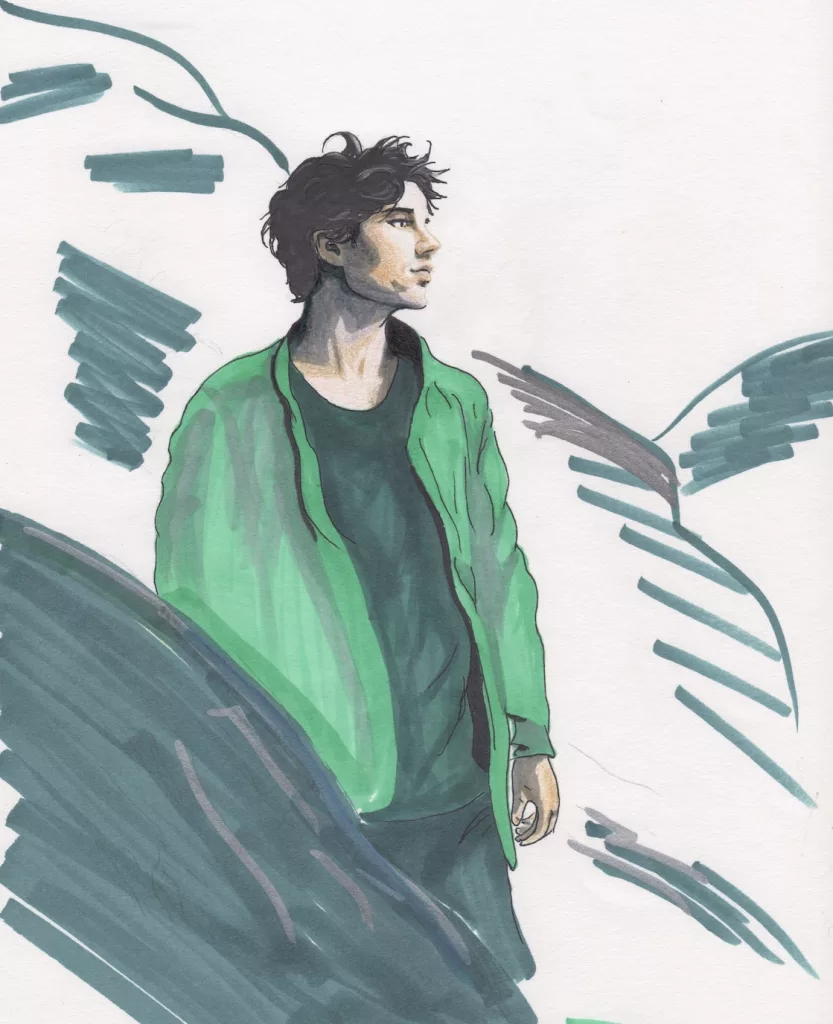
There was only one solution to that problem:
I need more markers!
I bought a large set of skin-colored markers and tried my luck again. I was finally seeing better results, but also, there were more lessons to be learned. First of all, the skin-colored markers I got were water-based (oops, I didn’t check the description) and mixing alcohol markers with water markers can create unexpected results. There were a lot of trials and errors, but I was finally starting to create drawings I wasn’t embarrassed to show in my project.
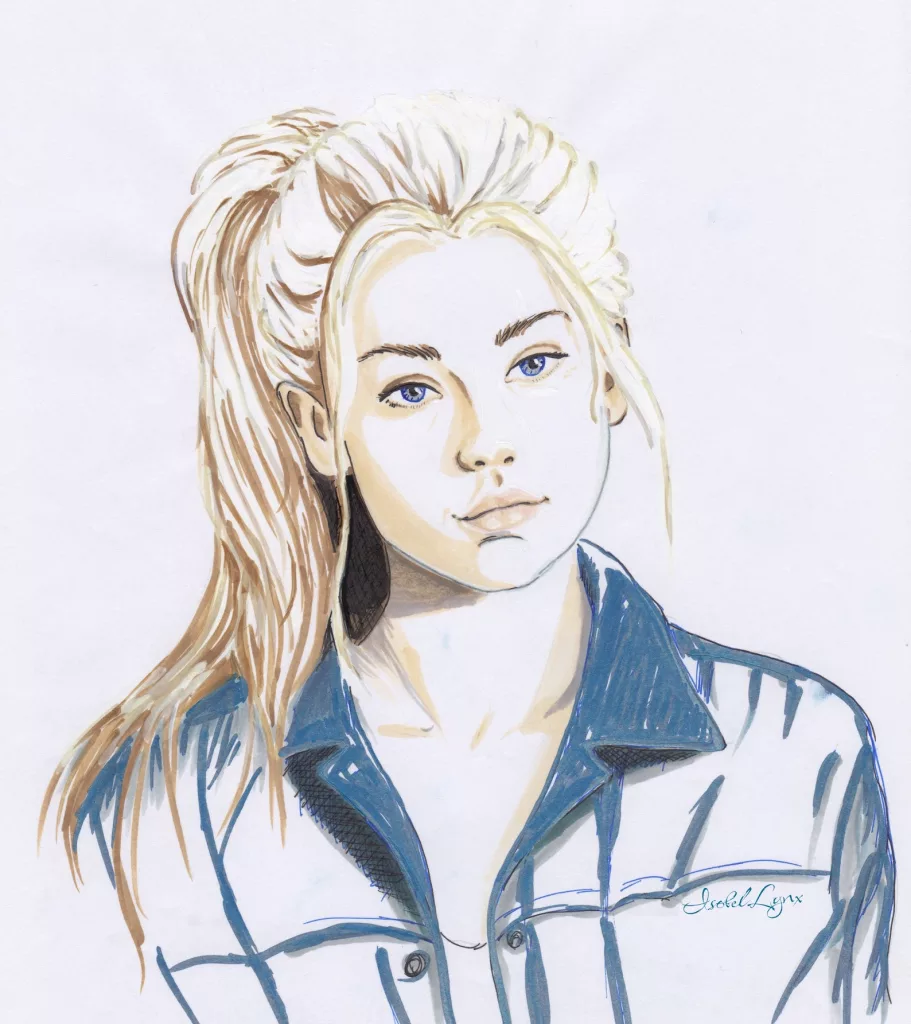
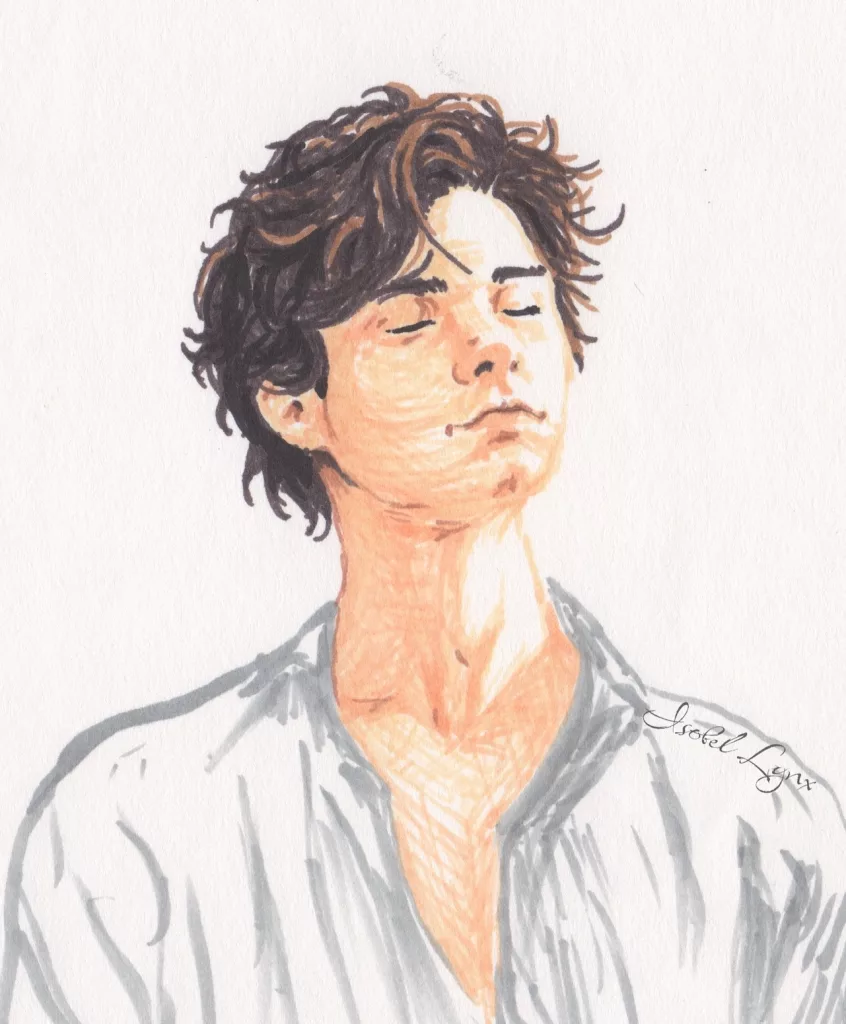
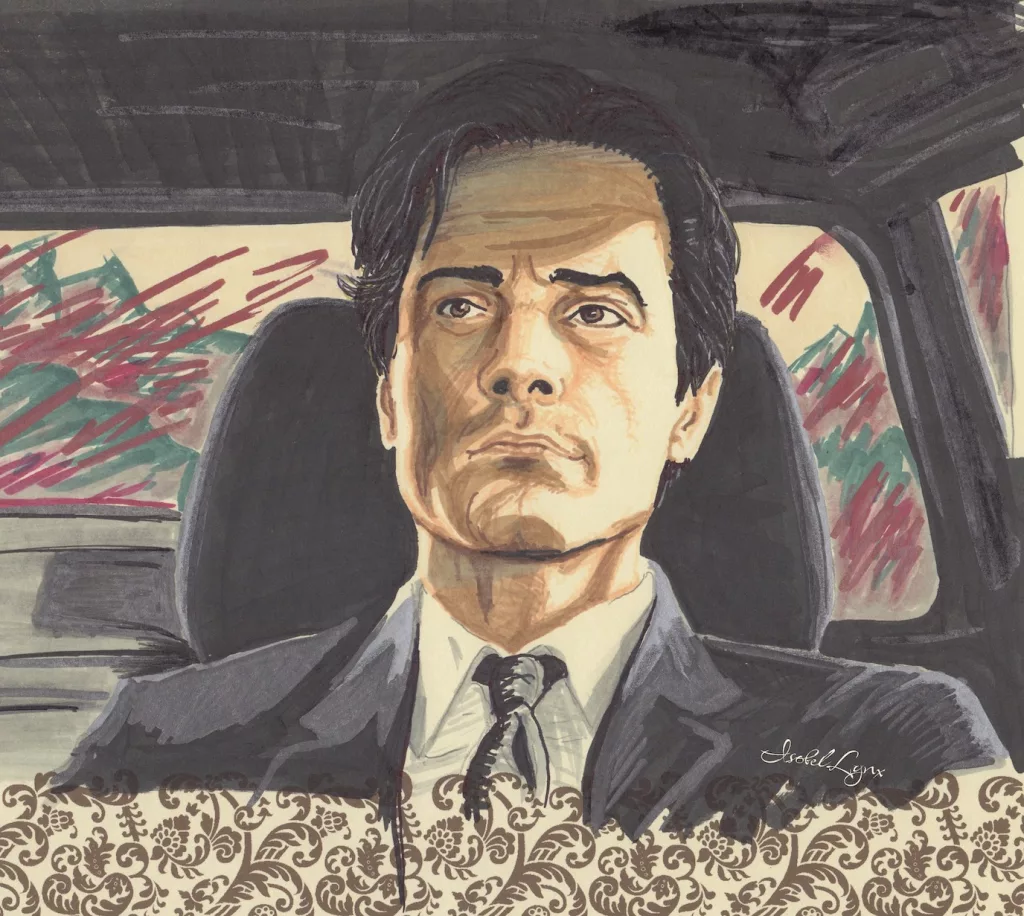
A new addiction: NEED MORE MARKERS
It’s funny, but whenever I would get frustrated with drawings that didn’t come out, the answer was often that I had chosen wrong colors. Over and over, I would return to the same old complaint: I don’t have enough colors. I would purchase a new set with a different set of colors, and later, I’d purchase more. By now (4 months later), I’ve spent a good chunk of money and accumulated perhaps 200 markers and pens already. I haven’t tried to count them yet, but I’m running out of storage options. I’m glad that I have a day job that can cover this expense. It adds up. And it’s still not enough. I keep wanting more.
The expense and time investment was worth it, though. I keep experimenting with mixing marker and pen types and pushing the boundaries of layering. I’ve tried different types of papers. The biggest lesson so far is to be brave, trust the process, and do the crazy thing. No risk = no payoff.

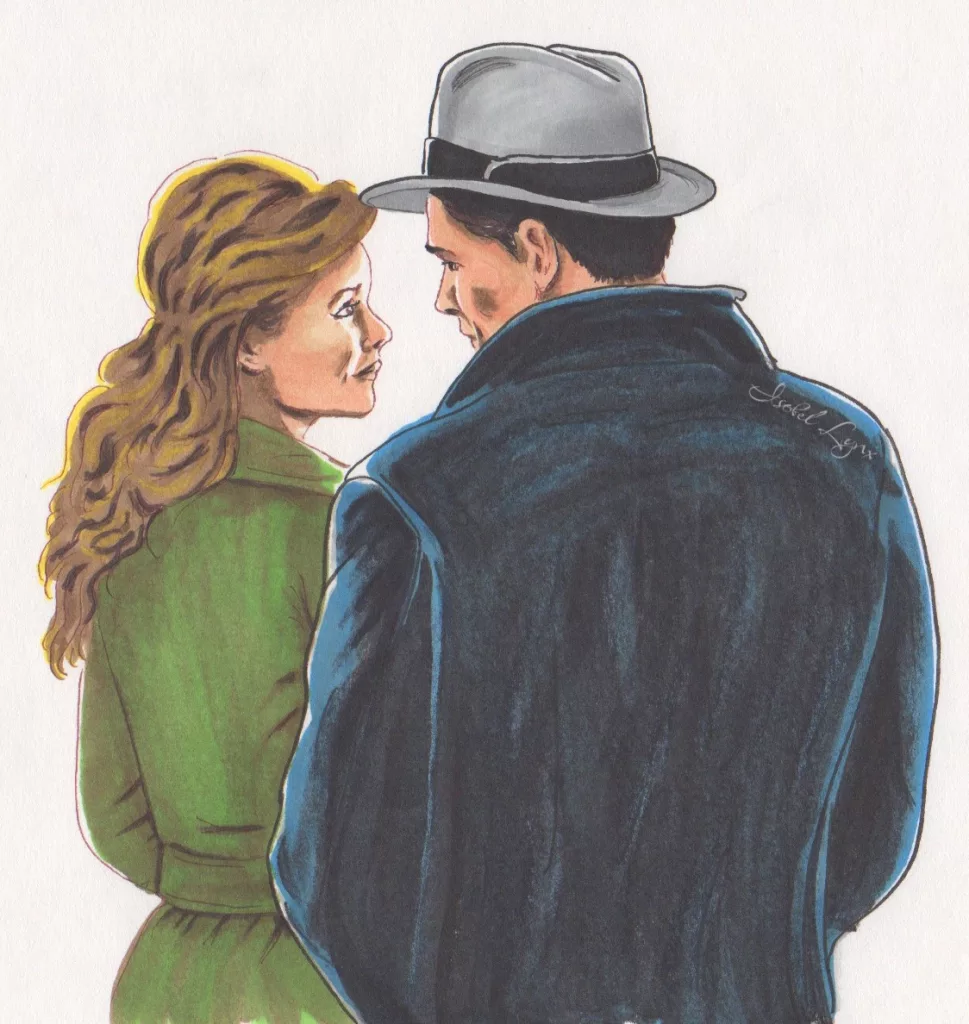
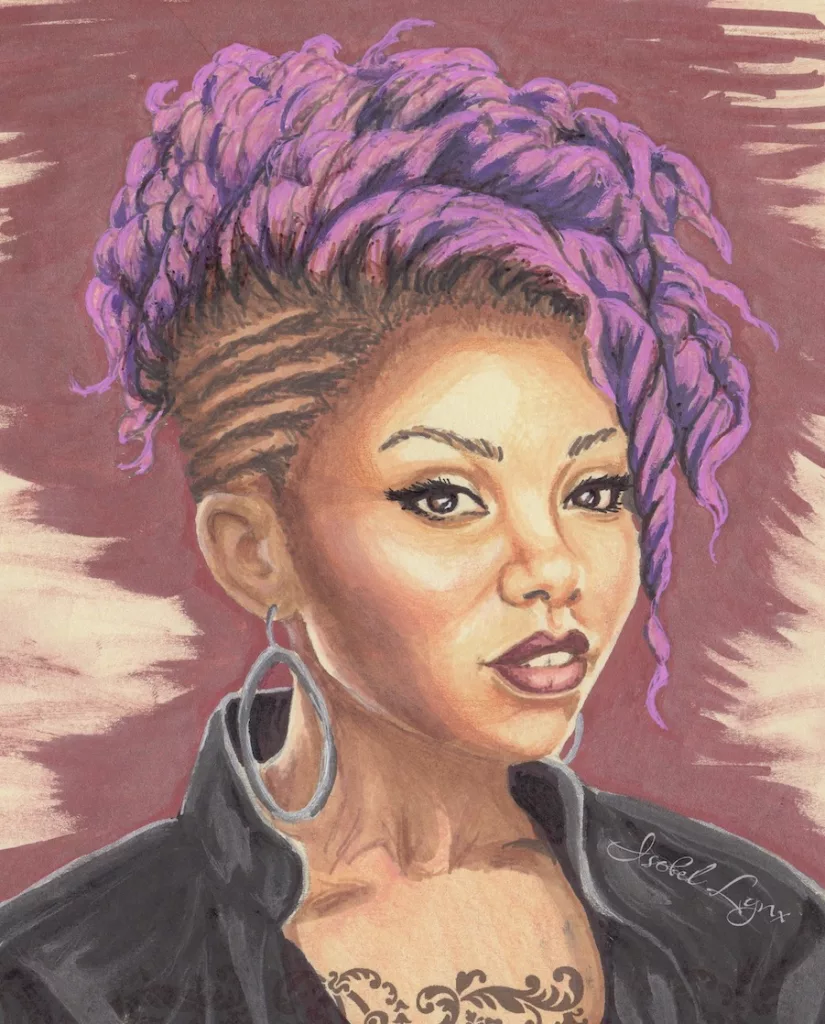
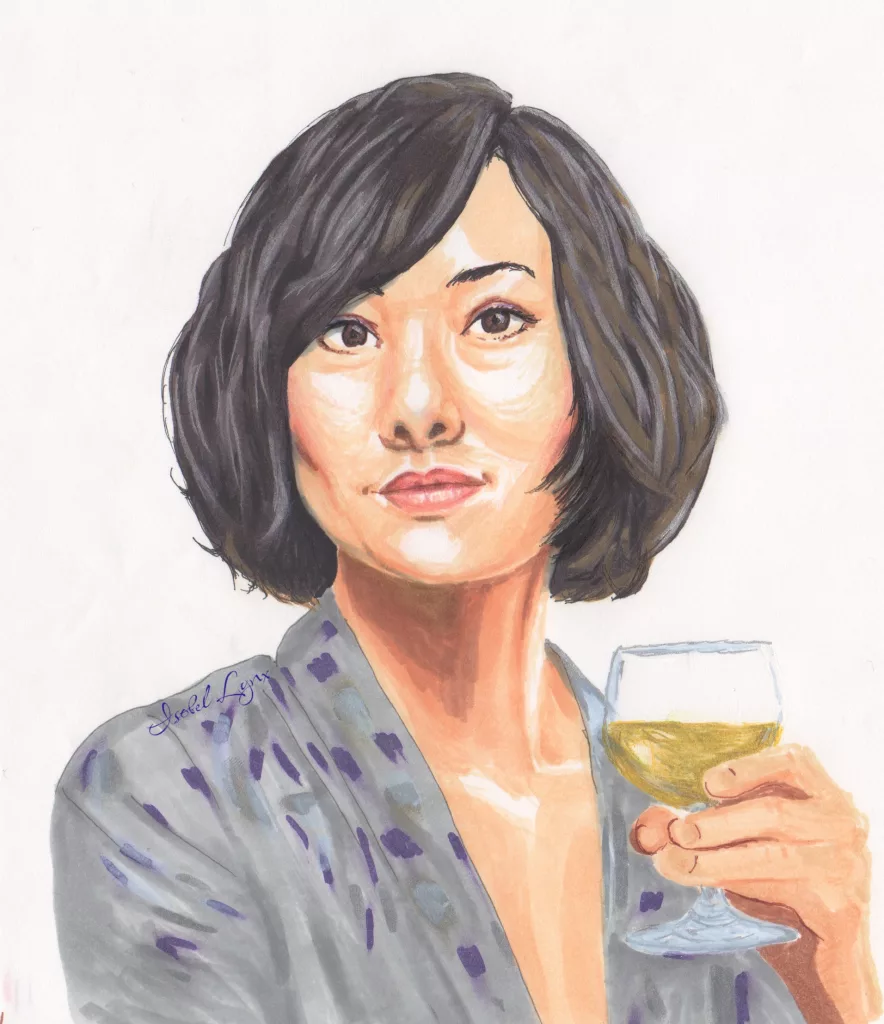
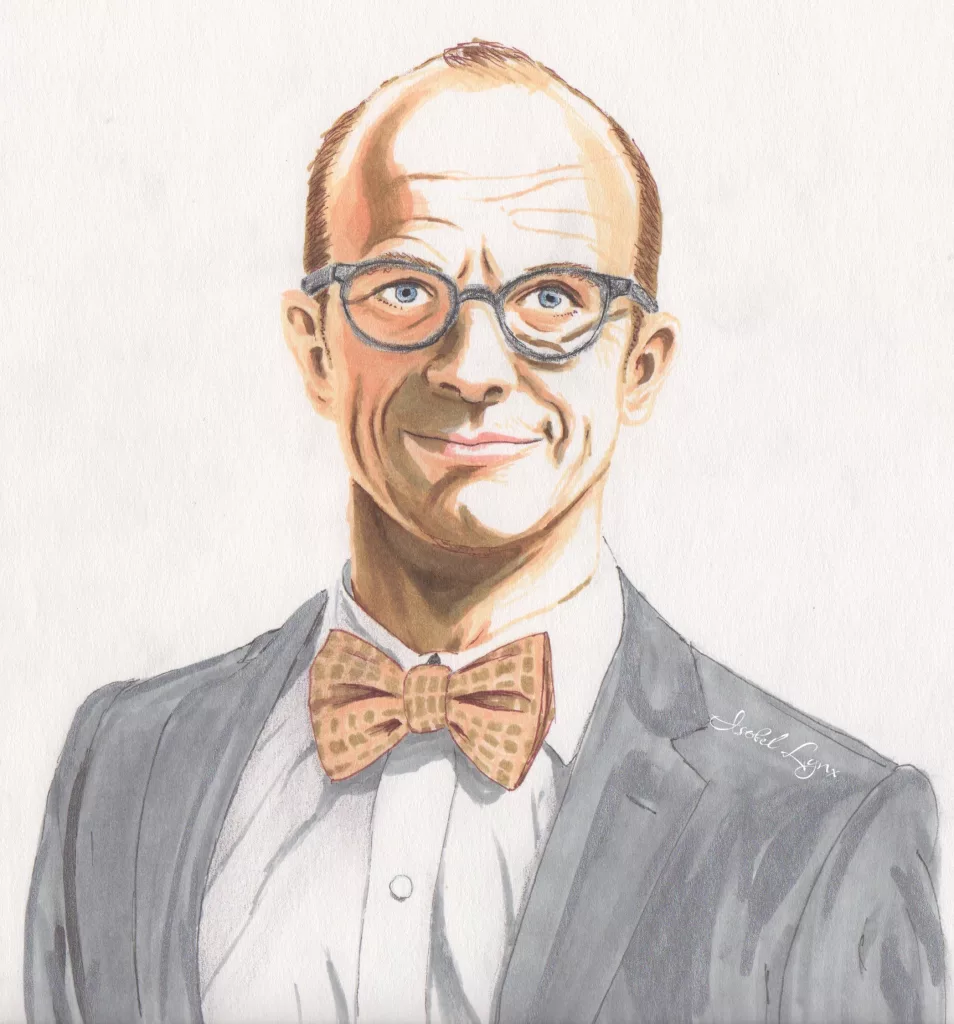
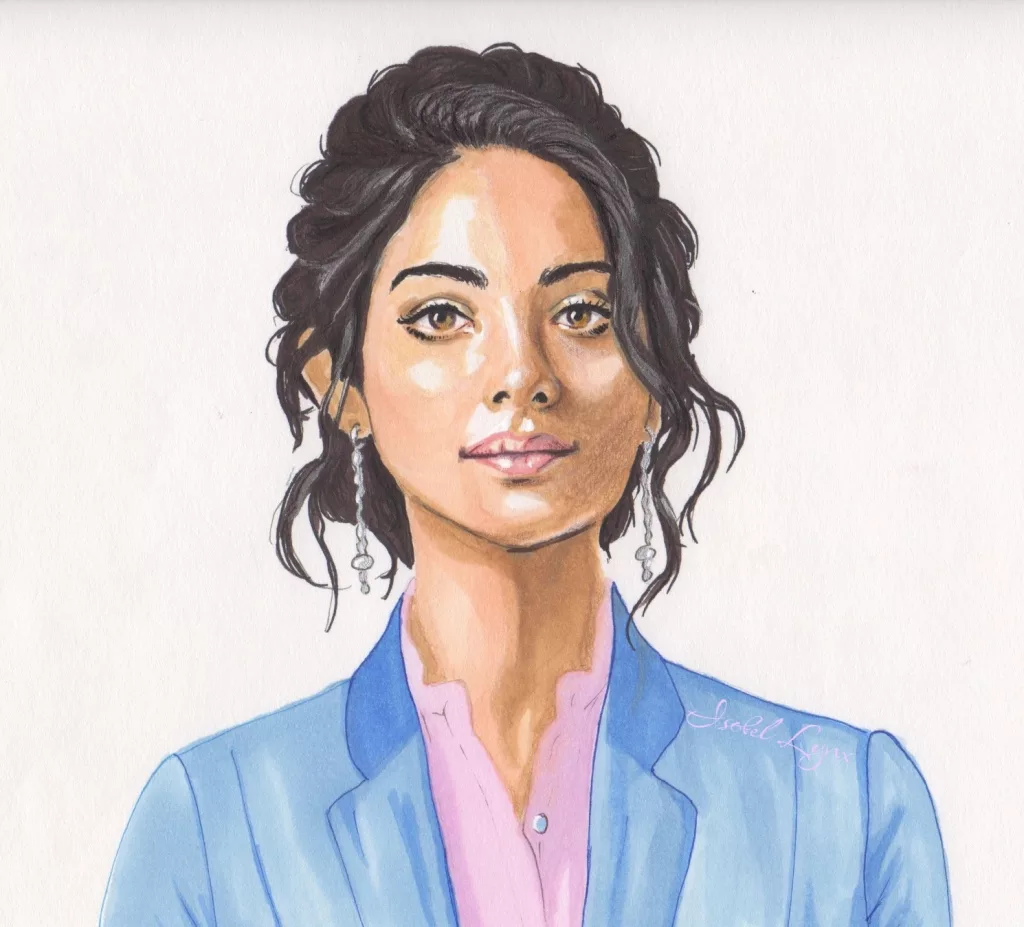
2023 was a huge year for me. I published my first book and leveled up my drawing skills. I have no regrets. I’m ready to learn more, keep improving my skill, and create more.
Ready to meet these characters?
If you’d like to meet all of these lovely people whom you’ve seen me draw over and over again, check out my book Soul Survivor on Campfire and dive deep into the bonus content. More drawings are already there and even more will be added later. And don’t forget to share the link with your friends. If you like my artwork but aren’t ready to buy the book, sharing the book link is the best way to support me.
Synopsis
In a quiet valley town, eighteen-year-old Ian lives with a secret. He can’t let anyone know that he sees things others don’t. They wouldn’t understand.
When a tragedy upends his life, Ian struggles to break out of his limbo of grief and his self-imposed isolation. He needs help to find his way out and feel normal again.
A date with a cute girl offers him a glimmer of hope, but letting her into his world is a risk. The closer she gets to him, the more she may notice that there’s more to Ian than meets the eye—more than even he’s aware of.
Discover more from Isobel Lynx
Subscribe to get the latest posts sent to your email.

